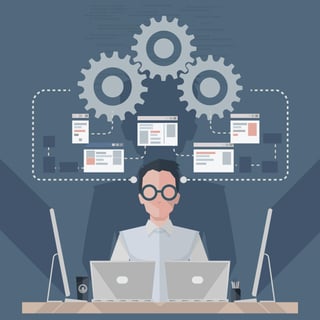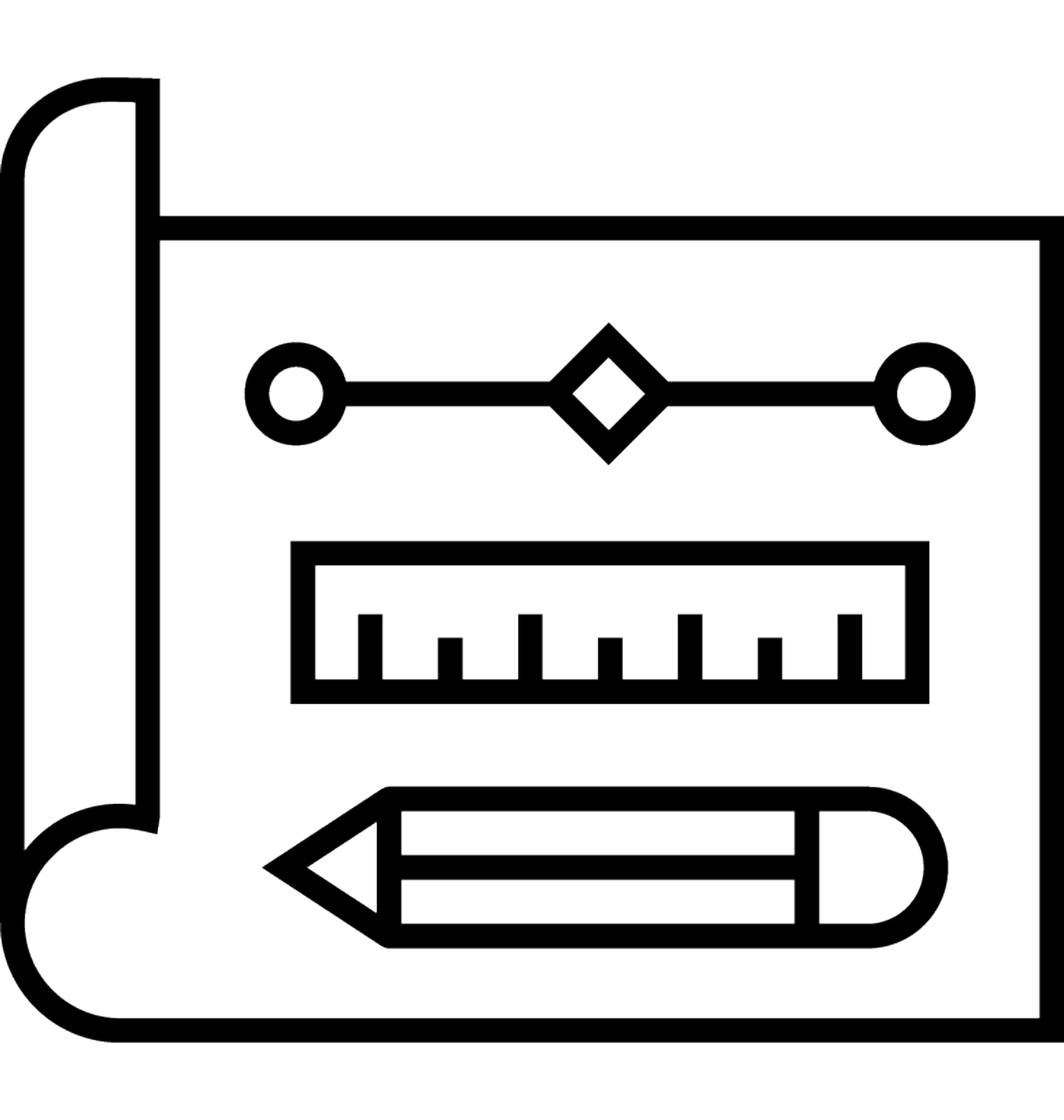 The term quant means a few different things; short for “self-quantifier,” or Quantitative, More commonly the latter. It is a relatively new buzzword that you will be hearing a lot of soon, if you haven’t already. Quants are people who measure all kinds of metrics about their given industry, from health to business trends. The quant movement has gained momentum recently, enabled by technological advances in smartphones and sensor devices such as exercise monitors, heart-rate monitors, sleep monitors, and other gadgets.
The term quant means a few different things; short for “self-quantifier,” or Quantitative, More commonly the latter. It is a relatively new buzzword that you will be hearing a lot of soon, if you haven’t already. Quants are people who measure all kinds of metrics about their given industry, from health to business trends. The quant movement has gained momentum recently, enabled by technological advances in smartphones and sensor devices such as exercise monitors, heart-rate monitors, sleep monitors, and other gadgets.
The confluence of the quant movement, Big Data, and the “Internet of Things” promises great advances in healthcare, from tracking and preventing infectious disease breakouts, to rapidly identifying sources of food poisoning, and more. Realizing all these wonderful benefits will require some intensive, sophisticated software development.
Development Considerations
If you have a great idea for a device or software solution to ride the quant wave, it’s tempting to dive right in and start design and development. However, there are a few things you need to keep in mind:
- Big Data is . . . well, BIG: Macro-scale applications that sift through quant data from thousands or millions of users in search of patterns, correlations, and causes and effects will necessarily rely on “Big Data” tools, which in some cases are still in their infancy or are non-existent. Simply storing such large datasets in such a way that they can be searched rapidly is a major challenge.
- Required algorithms are complex: As if managing the data wasn’t difficult enough, the algorithms that are needed to enable these types of applications are extraordinarily complex. Depending on what you are trying to achieve, a common algorithm may not yet exist, which means your development project will involve some basic research.
- Security and Privacy: If you are going to store, manipulate, and share healthcare data from real people, there are some legal and regulatory aspects that must be considered. Privacy laws around the world restrict the use of personally identifiable healthcare information or require it to be protected (for example, encryption). Although encrypting the data makes it more secure, it also renders it useless for many large-scale applications. Much of this is uncharted legal territory, which makes it difficult to know where the boundaries are.
- Be careful with diagnostics: Any software or device that even appears to offer a diagnosis based on its analysis is considered a medical device by the U.S. Food and Drug Administration (FDA) and similar overseas agencies. This can lead to even more regulatory hurdles.
The quant movement is big and getting bigger all the time as more people become interested in automated, granular monitoring of their health metrics. There is an extraordinary opportunity to improve lives (and make money) by exploiting all the data that is being collected, but it is anything but straightforward, at this point. A careful, deliberate approach to development in this space is the key to success.
















